Bolbitis heteroclita “difformis” is a small, fine-leaved form of B. heteroclita, originating from the Philippines. It is also sold under the trade names “Mini Bolbitis”, “Davallia sp.”, “Bolbitis Davallia sp.” or “Bolbitis difformis”.
This fern grows very slowly under water and it attaches itself to hardscape with its roots. Its underwater leaves are much smaller than its emerged foliage, and less finely feathered. On old emerged leaves, adventitious plants will form.
We recommend the use of Bolbitis heteroclita “difformis” especially for terraria and paludaria, where this dwarf fern will form dense carpets after some time. It does not have any special demands regarding the substrate, which ought to be kept moist but not too damp nonetheless.
This tiny fern is sold under various trade names, e.g. e.g. “mini Bolbitis”, “Davallia spec.” and “Bolbitis Davallia spec.”. It has nothing to do with the ferns of the genus Davallia but is a dwarf form of the widely spread and extremely variable tropical Asian fern Bolbitis heteroclita. It was originally described as a species of its own (Edanyoa difformis), originates from the Philippine island Negros and has been in horticultural cultivation for a long time. It has only recently been discovered as aquarium plant, though.
Diverse small ferns of the Hymenophyllaceae family are sold under the name “mini Bolbitis”, though, and it cannot be said exactly which species they belong to and whether they are suitable for aquarium cultivation.
Bolbitis heteroclita “difformis” grows best when cultivated as terrestrial plant, on moderately moist soil, where it forms a low carpet of only up to around 7 cm in height with its creeping rhizomes. Its delicate pinnate leaves remind a little of parsley. This fern is great for moist and warm terraria and paludaria. When cultivated submersed, this fern grows extremely slowly and forms distinctly smaller, coarser pinnate leaves than the land form. It has a less vigorous growth habit than B. heteroclita “cuspidata”, which is also a small form of B. heteroclita. Both ferns can be cultivated submersed, e.g. attached to lava rocks with thread (Kasselmann 2009).


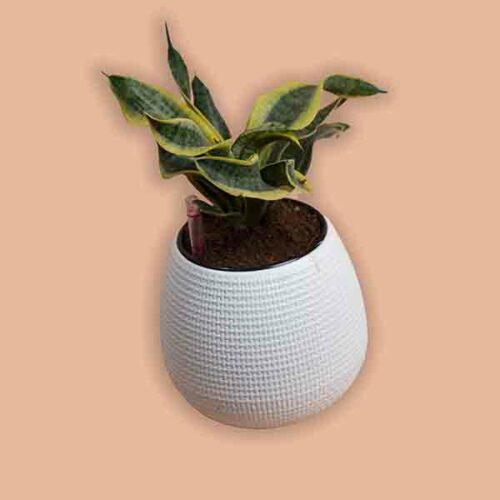

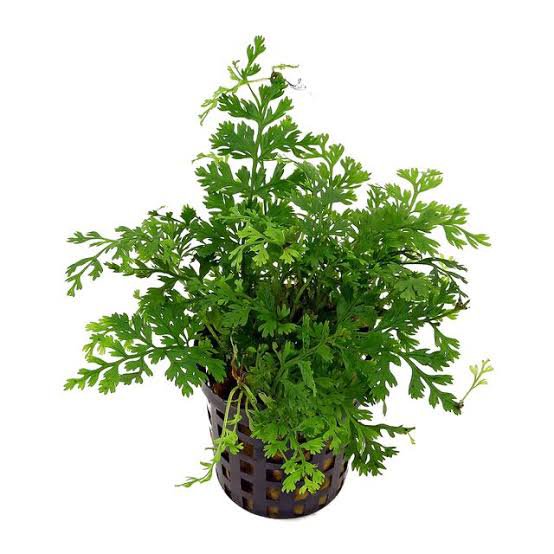
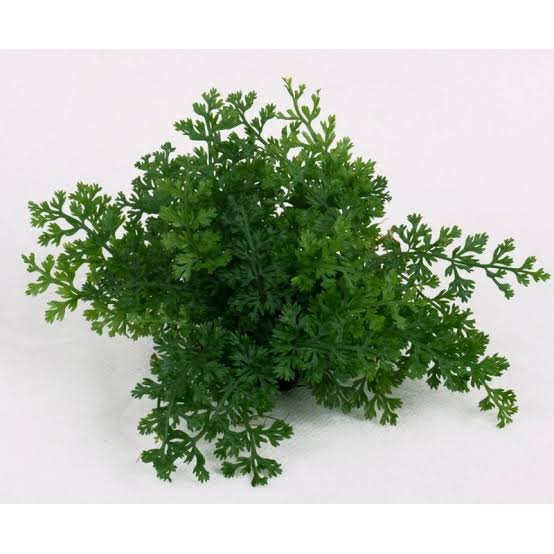
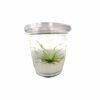
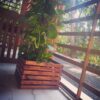



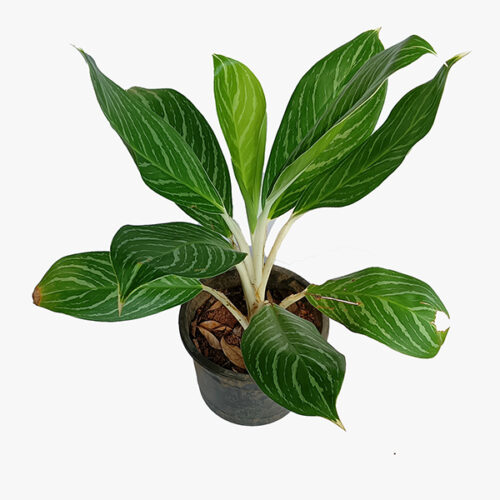
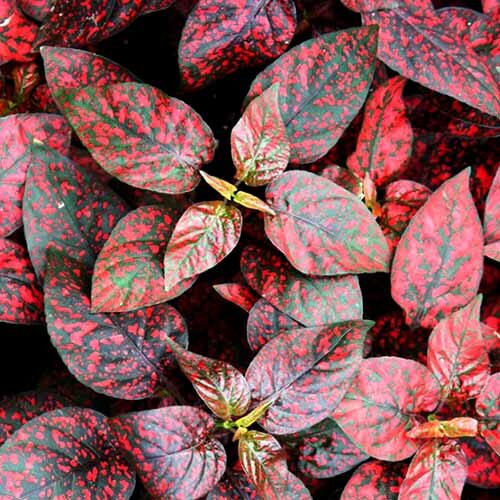
Reviews
There are no reviews yet.